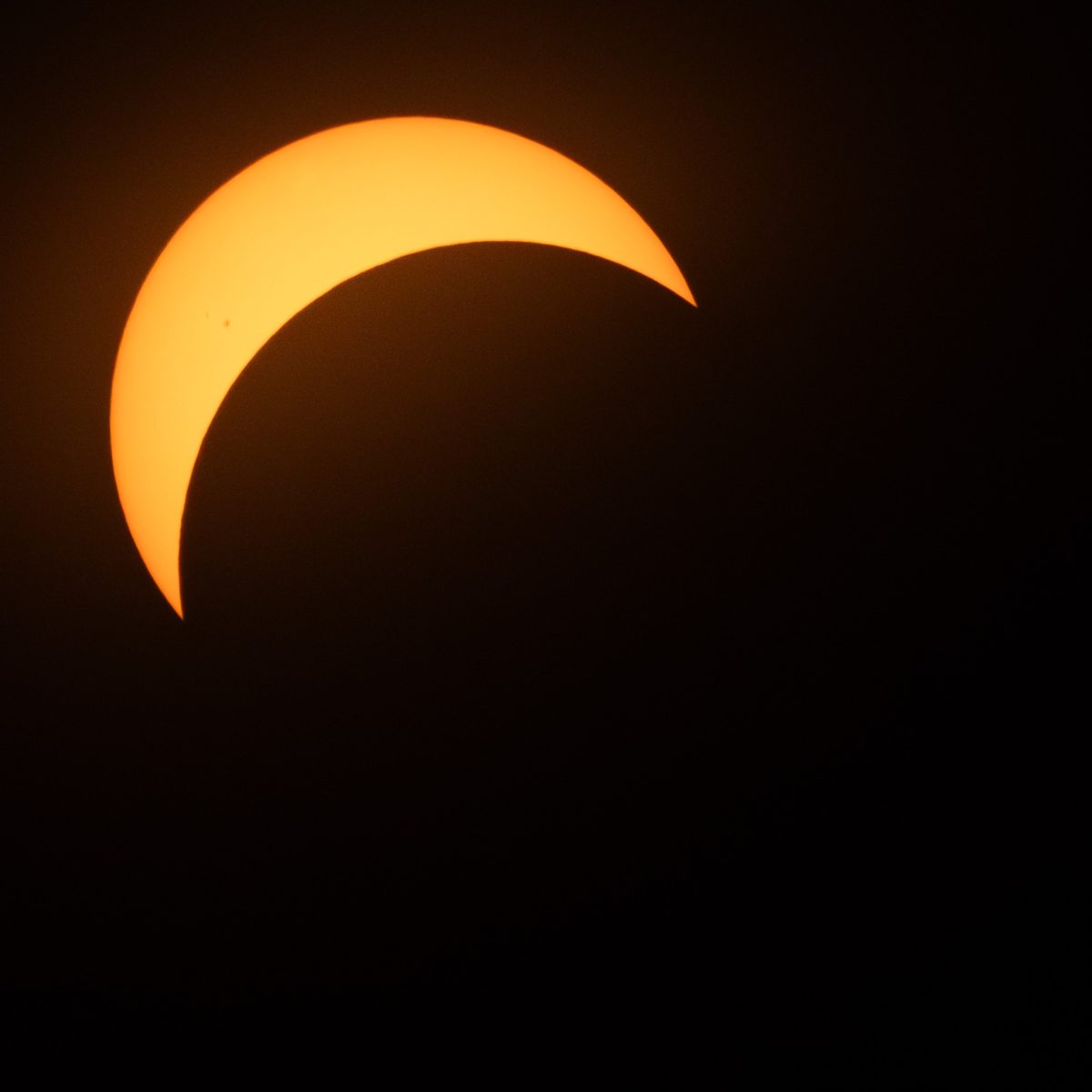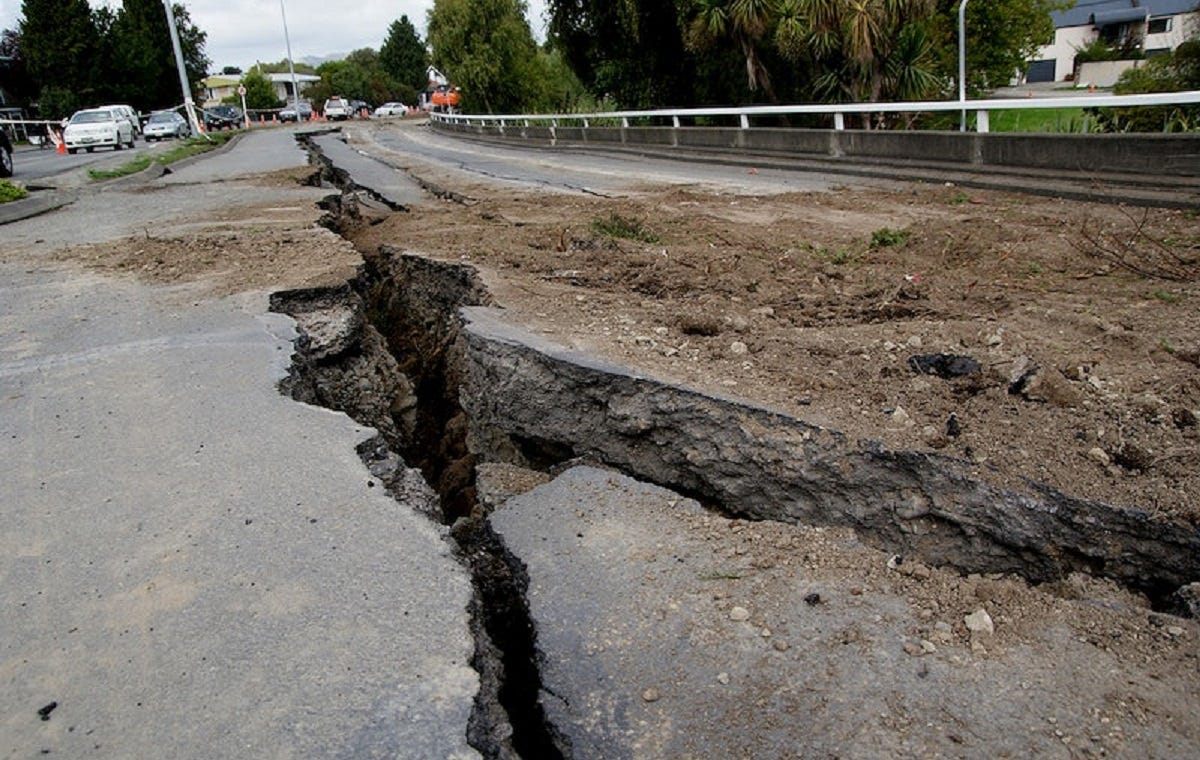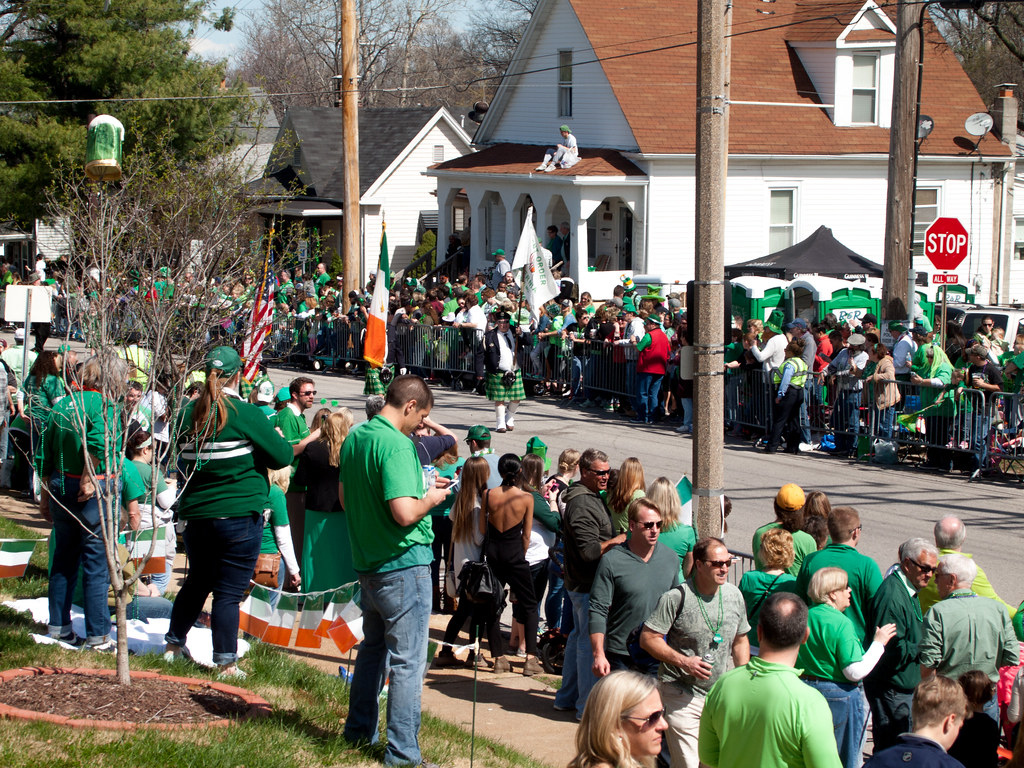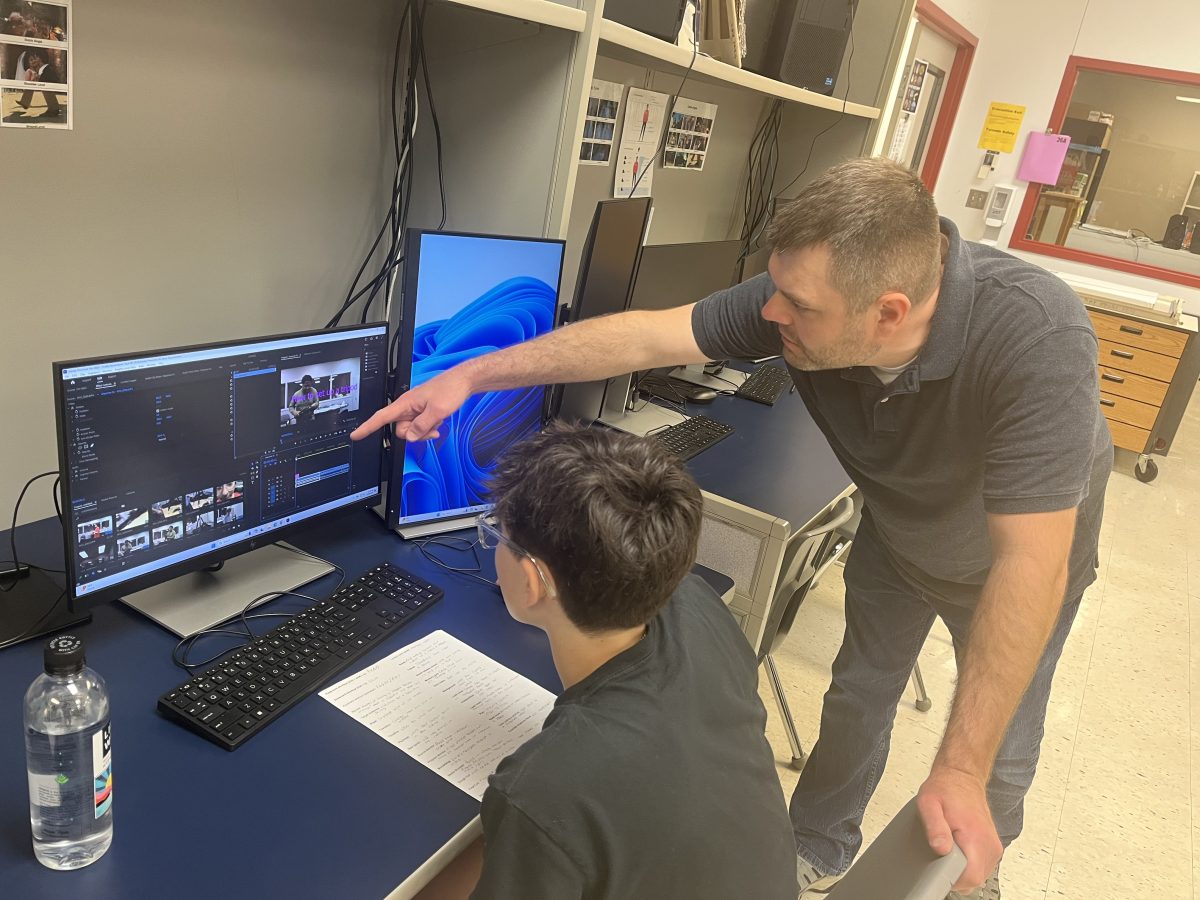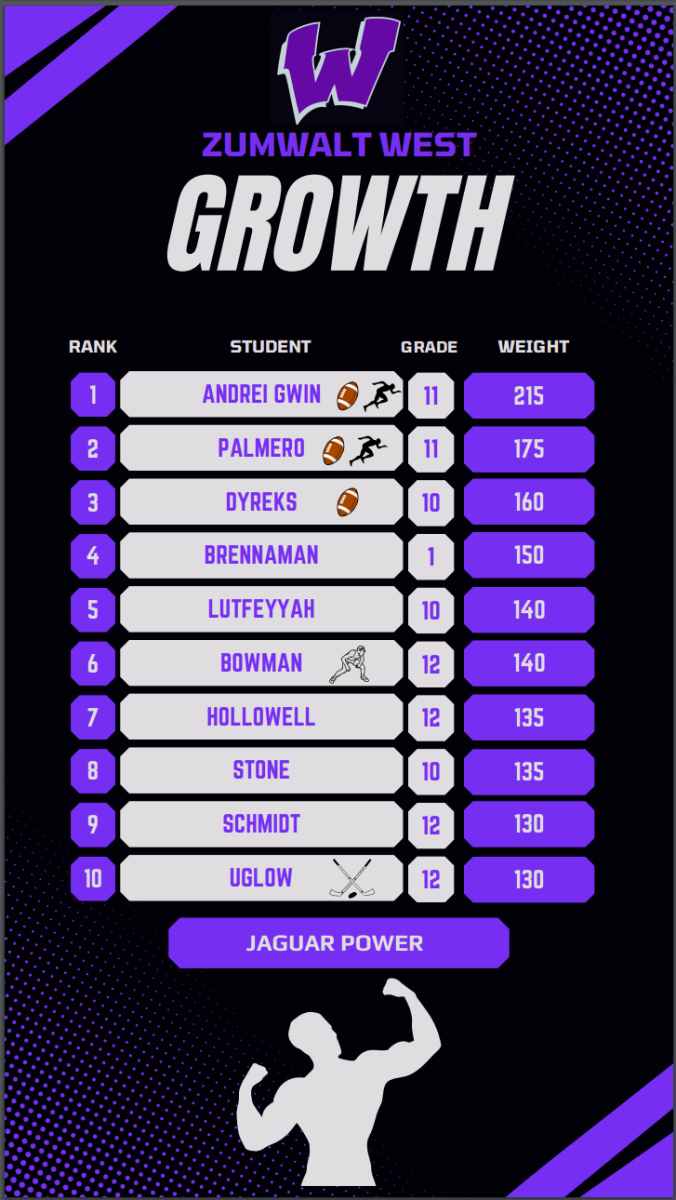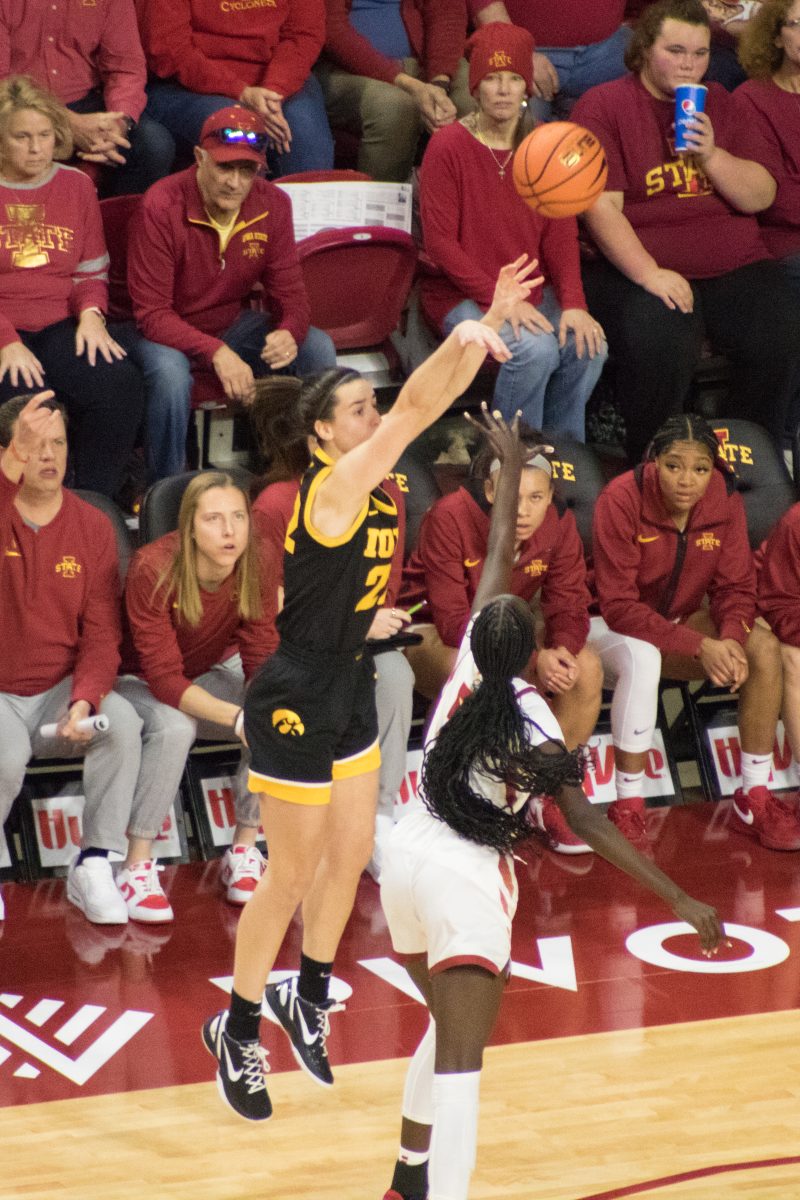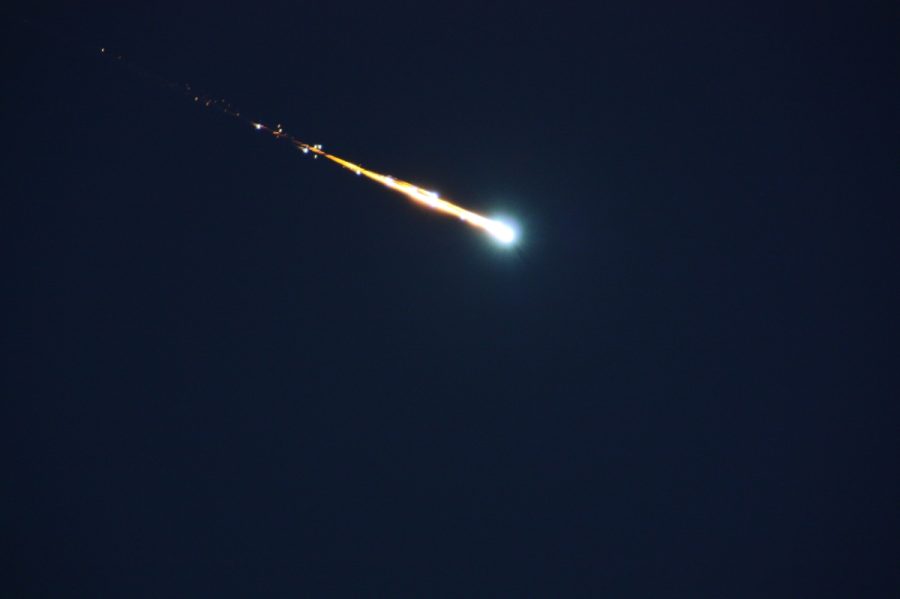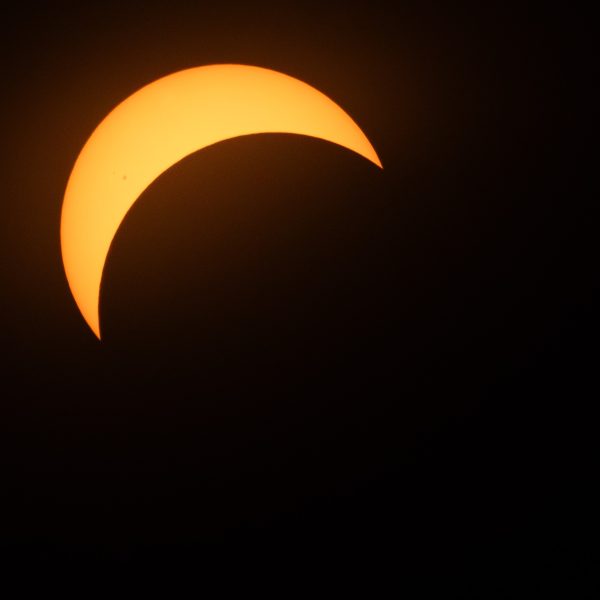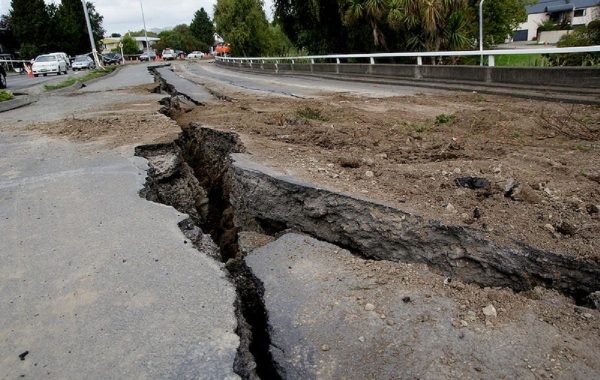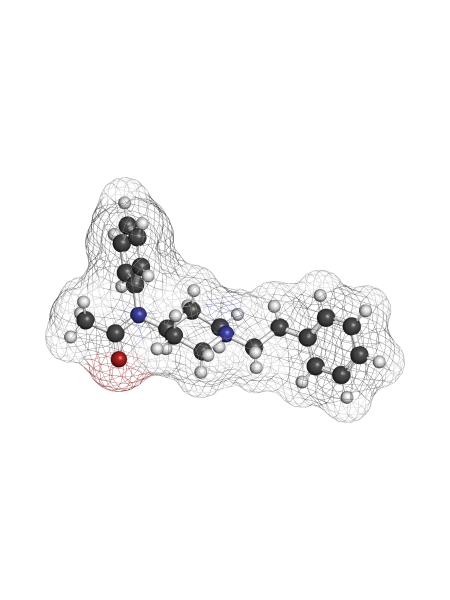Down to Earth
Meteors streak across the St. Louis sky
A comet as it is approaching the earth, similarly to the comet that recently reached us
It is a calm, peaceful night in Missouri. Just after the sun and the snow finish falling, a meteor flashes across the sky, leaving homes shaking and civilians baffled.
The recent light show in the sky coincides with the annual Taurid meteor shower, which reaches its annual peak from around late evening on Nov. 11, 2019, until the morning hours on Nov. 12, according to earthsky.org.
“I don’t know too much about meteors, but I know it’s a part of a broken asteroid that orbits around the sun creating the shooting star effect,” junior Brooke Smith said.
During the last three months of the year, the Earth drifts through remnants of the Encke comet. The activity between Earth and Encke is what causes the Taurid showers. The Northern Taurid shower, which was the shower seen across St. Louis, is known for producing spectacular fireballs, according to cbsnews.com. These fireballs, commonly known as shooting stars are generated when debris enters and burns up in the Earth’s hemisphere.
When Comet Encke is active with the Earth, it spawns a long-lasting meteor shower which produces numerous bright meteors, or fireballs that can be seen in the nighttime of late October and early November, all according to earthsky.org.
“If you see a Taurid it can be very brilliant and it’ll knock your eyes out, but their rates absolutely suck,” NASA’s Bill Cooke said. “It’s simply the fact that when a Taurid appears it’s usually big and bright.”
With both the North and South branches of the Taurid shower being active, fireball activity can noticeably increase.
On Monday night, hundreds of residents reported seeing a bright flash of light across at least two counties. Many also reported hearing a loud boom as the meteor streaked across the sky around 9 p.m., according to cbsnews.com.
Although sightings of fireballs could be expected, many citizens were still shocked at the occurrence.
Meteor flying overhead from east to west in O’Fallon, MO this evening just west of St. Louis. #stlwx #mowx pic.twitter.com/0IX2fppoEd
— Tom Stolze (@ofallonweather) November 12, 2019
“I heard a large boom out of nowhere when I was laying down,” sophomore Carson Lott said. “The sound made me jump in my bed.”
The fireball’s appearance had similar impacts on other residents.
“I heard a very loud boom, and it sounded like something had hit the side of my house,” junior Brooklyn Deshurley said. “My dad had gone outside to see that [my assumption] wasn’t true, but it still scared me.”
The event was mainly seen from Missouri, but reports from Indiana, Illinois, Kansas, Minnesota, Nevada, Nebraska, Oklahoma and Winsconsin were also received, according to amsmeteors.org.
Although it is not yet confirmed whether or not the fireball touched down or burned completely in the atmosphere, it has been confirmed by NASA that the fireball was a meteor.
“[The fireball] moved to the northwest at 33,500 miles per hour,” NASA’s Meteor Watch Facebook page said. “The orbit and brightness of the fireball indicated that it was caused by a fragment of an asteroid about 16 inches in diameter, weighing over 200 pounds.”
NASA also brought up the claim that the fireball was not a member of the Taurid shower, as it is said to have moved too slow. Regardless, fireball sightings are still promising at this time of the year, as the Earth is currently passing through debris from Encke.

